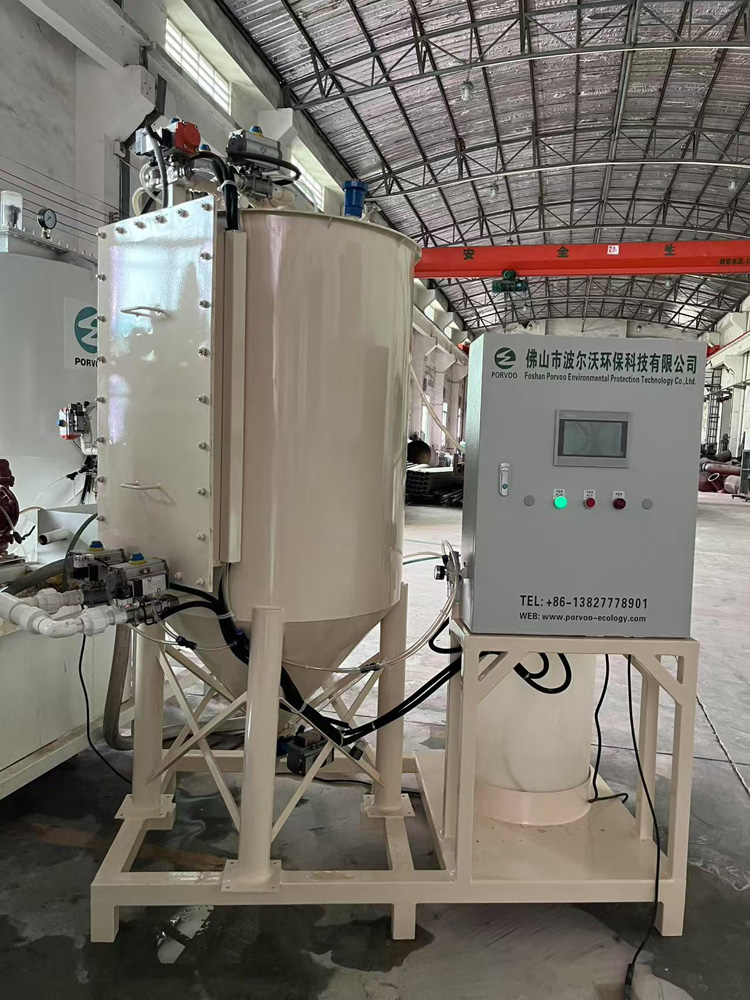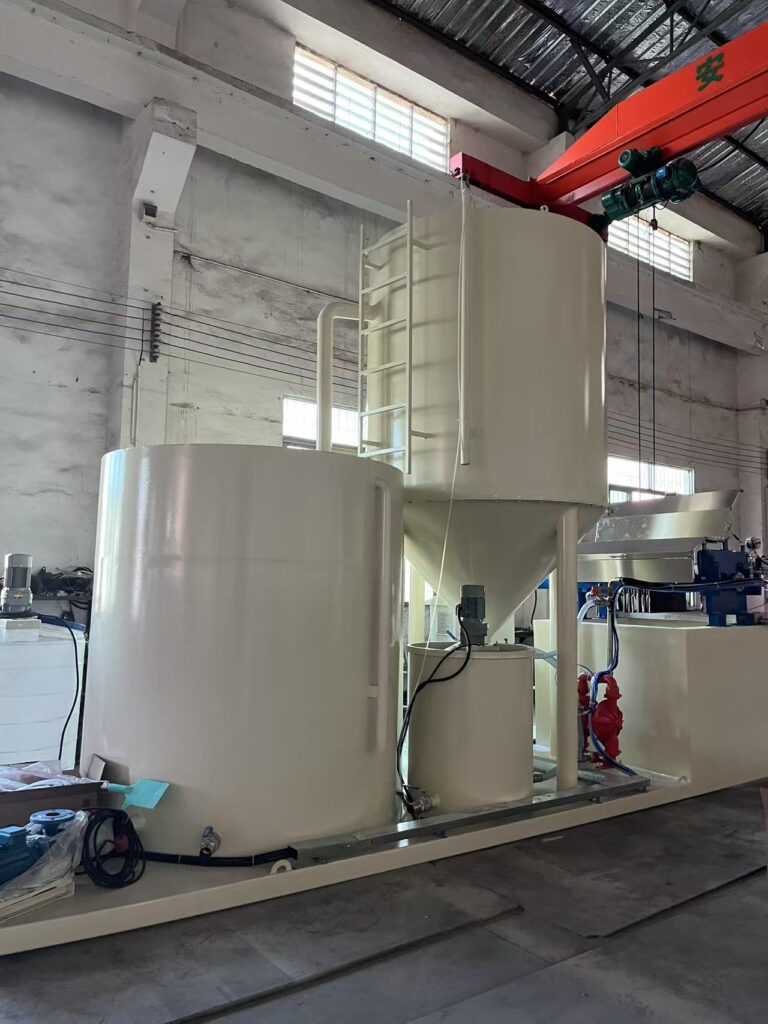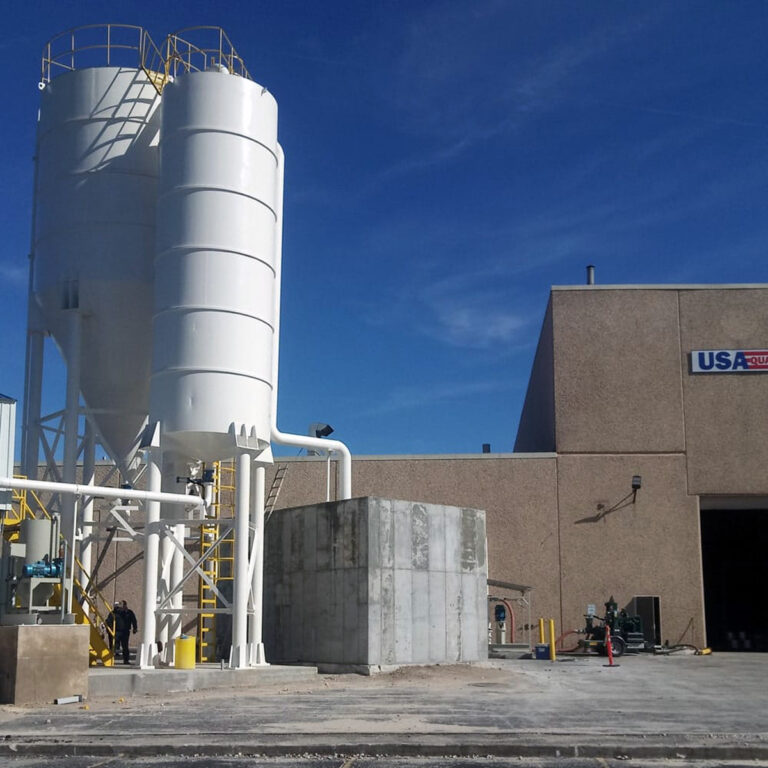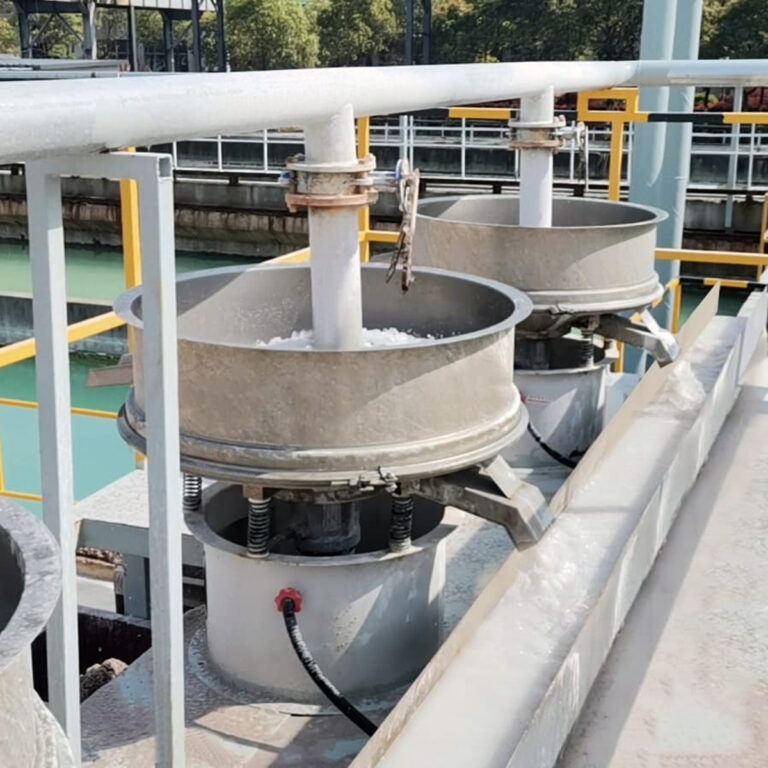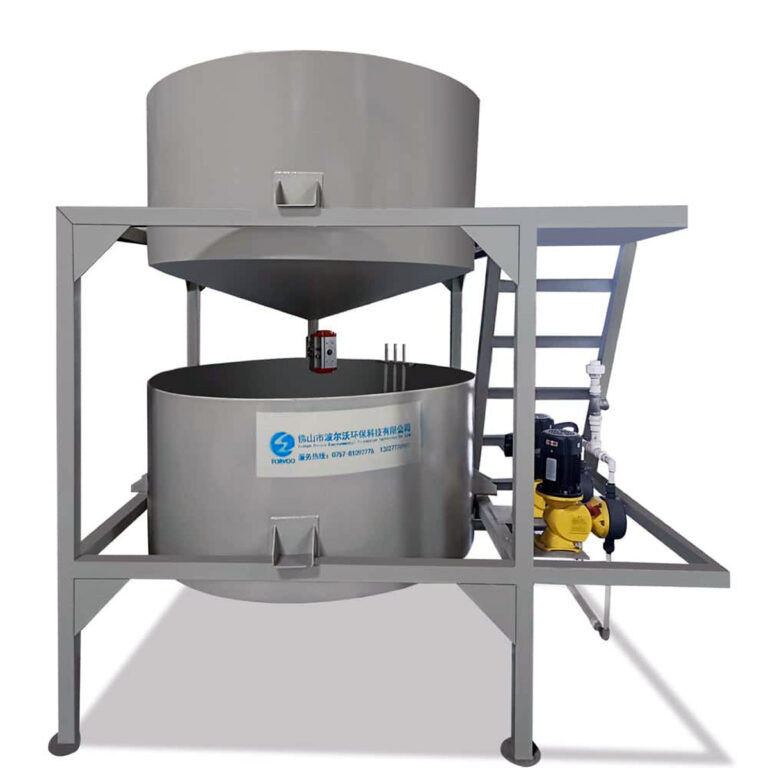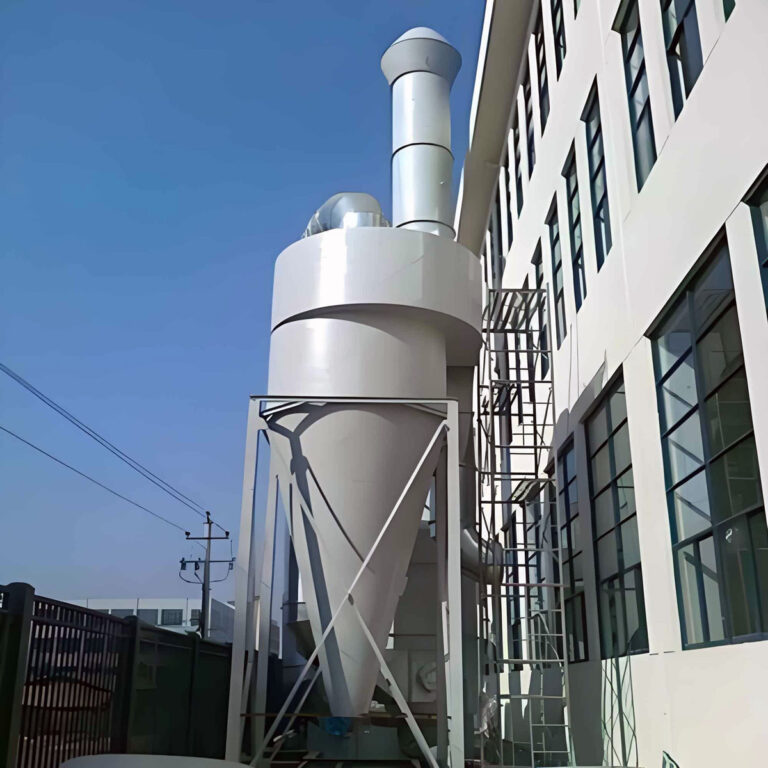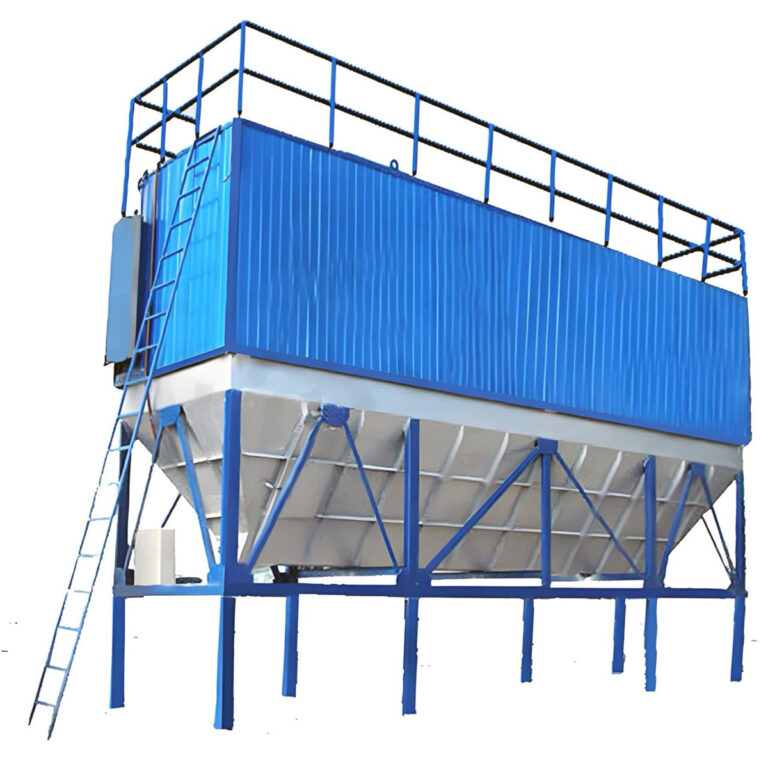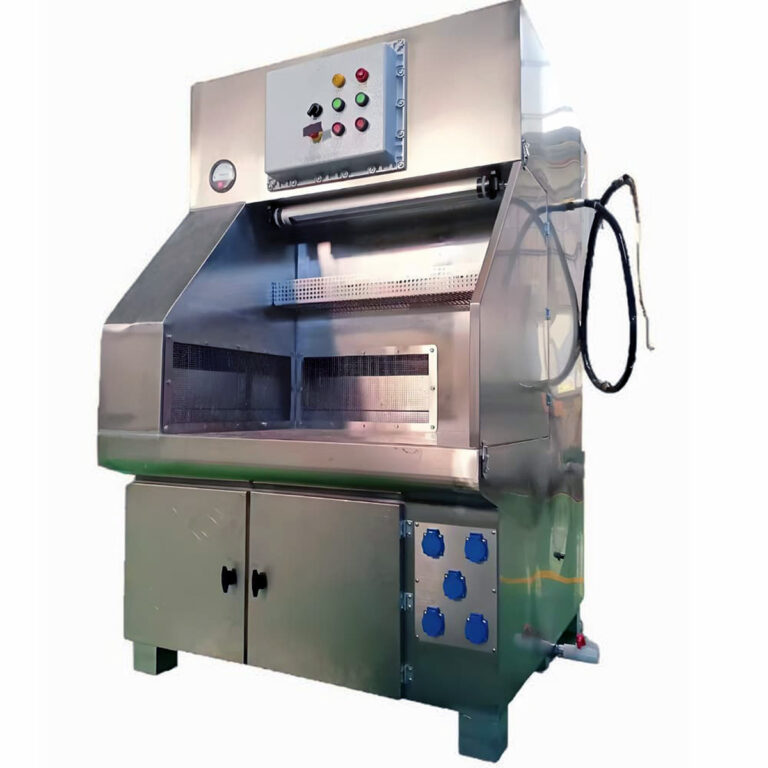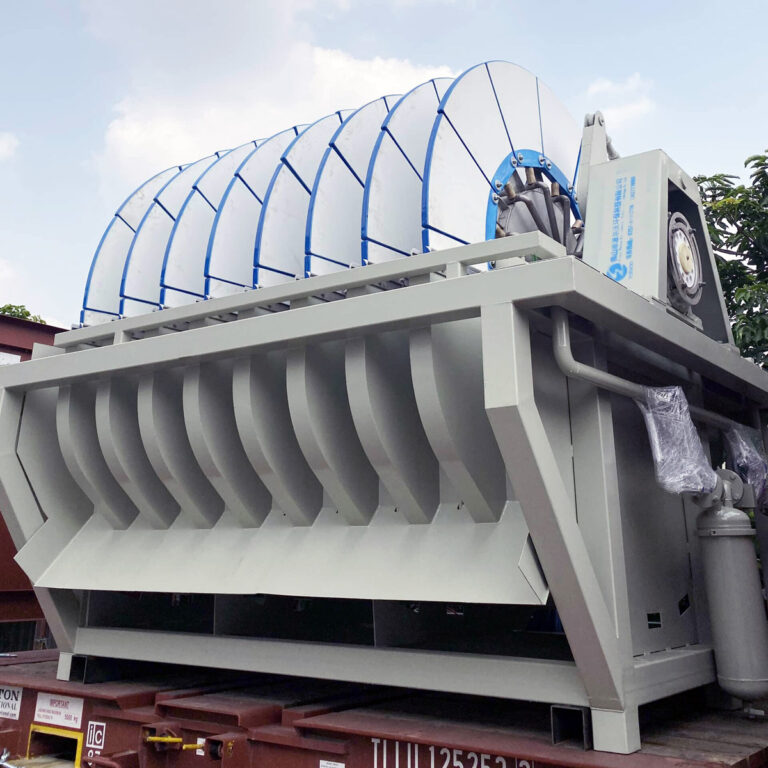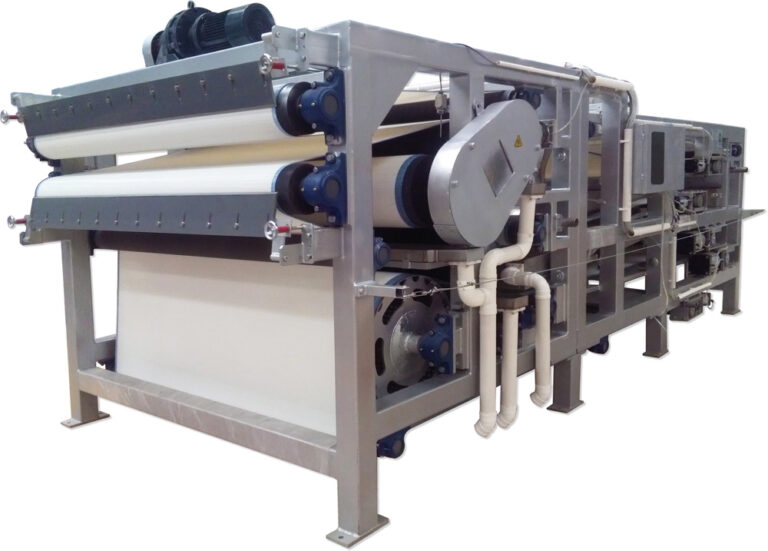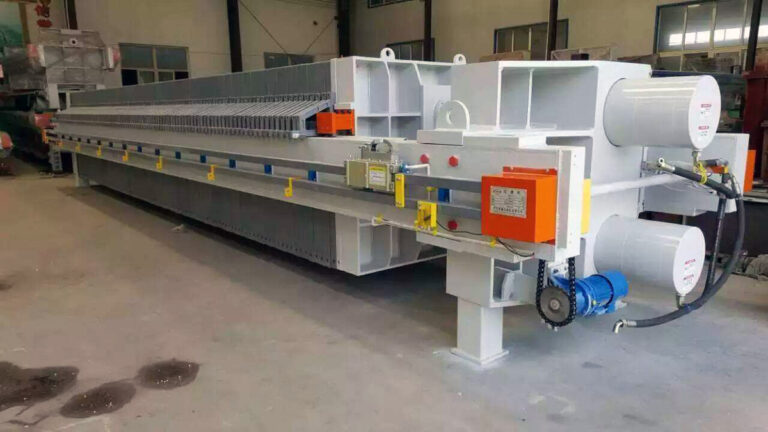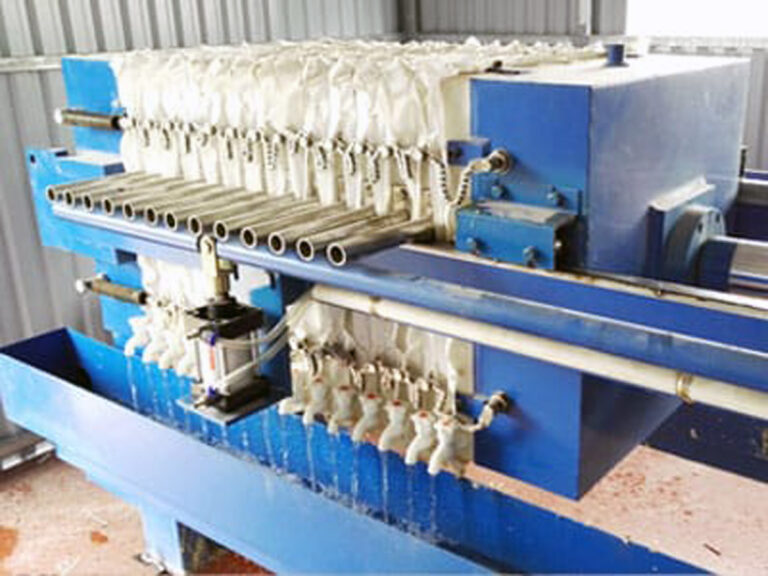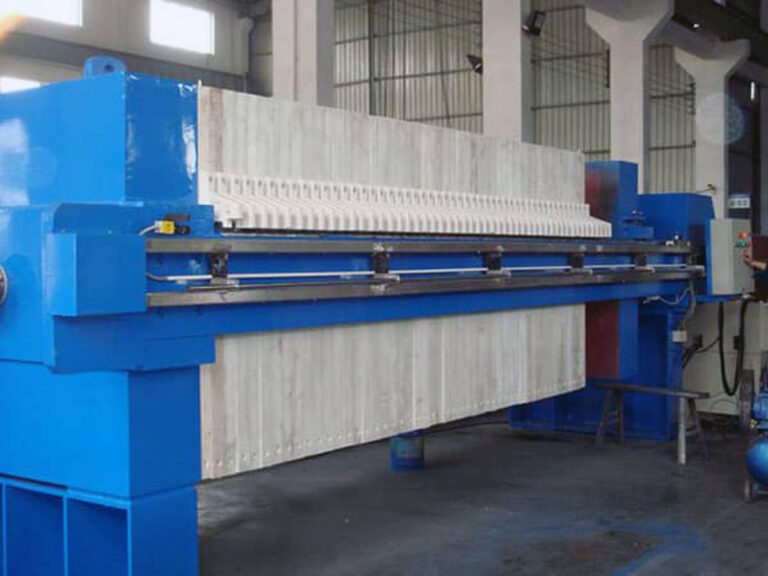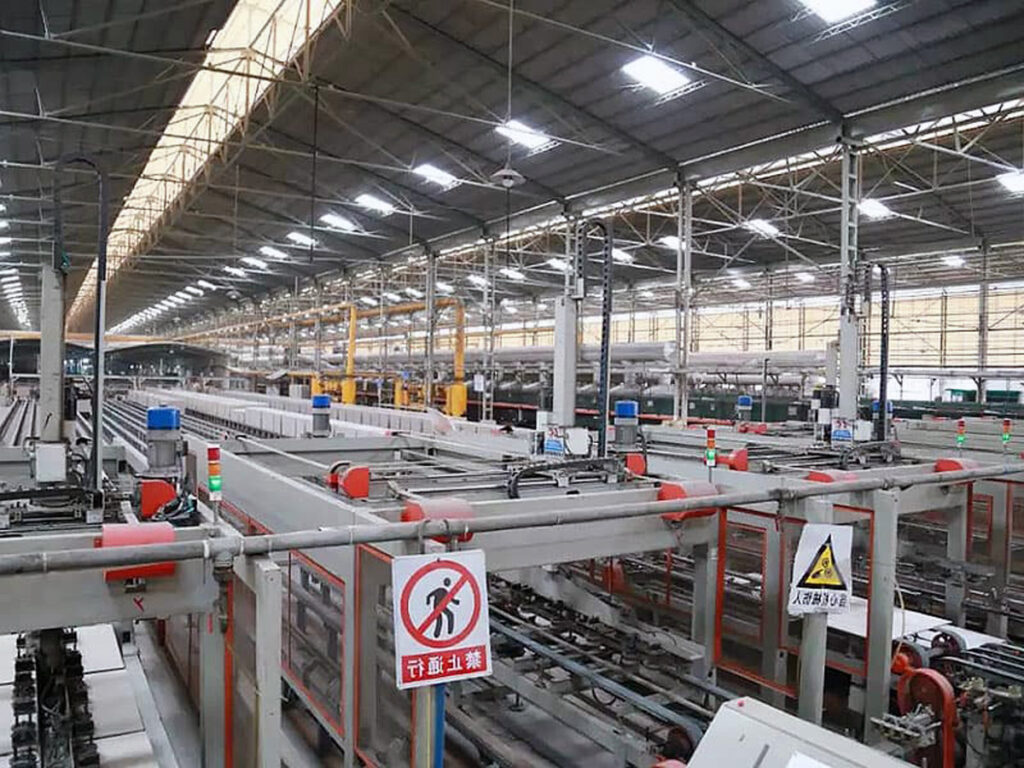When production lines face contamination issues, quality control failures, or regulatory compliance challenges, the root cause often traces back to inadequate filtration systems. In today’s industrial landscape, industrial filtration equipment failures can cost manufacturers millions in downtime, product recalls, and environmental penalties. A single contaminated batch in pharmaceutical production can result in losses exceeding $50 million, while inadequate air filtration in electronics manufacturing can destroy entire production runs.
The stakes couldn’t be higher. Without proper filtration systems, companies risk product quality degradation, equipment damage, worker safety hazards, and severe regulatory violations. Environmental agencies impose increasingly strict emission standards, while consumers demand higher purity levels across all industries.
This comprehensive guide provides essential insights into selecting, implementing, and maintaining industrial filtration systems. You’ll discover proven strategies for choosing the right equipment, understanding critical applications, and maximizing system performance while minimizing operational costs.
What is Industrial Filtration Equipment?
Industrial filtration equipment encompasses sophisticated mechanical systems designed to separate unwanted particles, contaminants, and impurities from liquids, gases, and air streams in manufacturing processes. These systems operate on various separation principles, including mechanical screening, electrostatic attraction, centrifugal force, and membrane technology.
Modern PORVOO filtration systems integrate advanced materials science with precision engineering to achieve particle removal efficiencies exceeding 99.97% for submicron particles. The equipment ranges from simple bag filters handling basic particulate removal to complex multi-stage systems processing hazardous chemicals under extreme conditions.
The global industrial filtration market reached $32.4 billion in 2023, driven by stringent environmental regulations and increasing quality demands across manufacturing sectors. In our experience, companies implementing comprehensive filtration strategies typically see 15-25% reductions in production waste and 20-30% improvements in product consistency.
Industrial filtration technology has evolved significantly, incorporating smart sensors, automated cleaning systems, and predictive maintenance capabilities. These advances enable real-time monitoring of filter performance, automatic backwashing cycles, and proactive replacement scheduling.
What are the Main Types of Industrial Filtration Equipment?
Understanding the diverse landscape of filtration technologies enables informed decision-making for specific applications. Each type offers distinct advantages and limitations depending on operational requirements.
Bag Filters and Cartridge Systems
Bag filters represent the most widely deployed industrial filtration solution, accounting for approximately 40% of the global market. These systems utilize fabric or synthetic media housed in cylindrical or rectangular housings to capture particles through surface filtration and depth loading mechanisms.
High-efficiency bag filters achieve particle removal rates of 95-99% for particles ranging from 1 to 200 microns. Temperature resistance capabilities extend from -40°C to 260°C, depending on media selection. Polyester, polypropylene, and PTFE membranes offer chemical compatibility across diverse process streams.
Cartridge systems provide superior filtration precision, particularly for liquid applications requiring particle removal below 1 micron. Pleated cartridge designs maximize surface area within compact footprints, extending service life by 300-500% compared to flat media configurations.
However, bag and cartridge systems require regular replacement, generating ongoing operational costs. Media disposal considerations become significant in hazardous applications, where contaminated filters require specialized waste handling protocols.
Centrifugal and Cyclone Separators
Centrifugal separation technology leverages rotational forces to separate particles based on density differences. Cyclone separators generate centrifugal forces 5-2500 times greater than gravity, enabling efficient removal of particles down to 5 microns without consumable media.
Modern cyclone designs achieve separation efficiencies exceeding 90% for particles above 10 microns, with minimal pressure drop characteristics. Operating costs remain extremely low due to the absence of replacement media, while maintenance requirements focus primarily on erosion monitoring and housing inspection.
Hydrocyclones excel in liquid-solid separation applications, particularly in mining, chemical processing, and wastewater treatment. These systems process flow rates from 1 GPM to 10,000 GPM while maintaining consistent separation performance across varying feed concentrations.
The primary limitation involves reduced efficiency for fine particles below 5 microns. Additionally, cyclone performance sensitivity to flow rate variations requires careful system design and process control integration.
Membrane Filtration Systems
Membrane technology represents the pinnacle of filtration precision, offering molecular-level separation capabilities. Reverse osmosis, ultrafiltration, and nanofiltration systems provide selective permeability characteristics tailored to specific separation requirements.
Ultrafiltration membranes operate with molecular weight cutoffs ranging from 1,000 to 100,000 Daltons, enabling protein separation, virus removal, and macromolecule concentration. System recovery rates typically achieve 85-95% while maintaining permeate quality standards.
Cross-flow filtration designs minimize membrane fouling through continuous surface scouring, extending membrane life to 2-5 years in properly maintained systems. Automated cleaning-in-place protocols utilize chemical cleaning agents to restore membrane performance without system disassembly.
Membrane systems require significant capital investment and operating expertise. Fouling sensitivity necessitates careful pretreatment design, while cleaning chemical costs and disposal considerations impact operational economics.
How to Choose the Right Industrial Filtration Equipment?
Selecting optimal filtration equipment requires systematic evaluation of process parameters, performance requirements, and economic factors. This industrial filter selection guide addresses critical decision criteria.
Process Requirements and Specifications
Particle size distribution analysis forms the foundation of equipment selection. Laser diffraction or microscopic analysis reveals the complete particle spectrum, enabling appropriate technology matching. Applications requiring 95% removal of 10-micron particles utilize different solutions than those demanding 99.9% removal of 0.1-micron contaminants.
Flow rate requirements directly influence system sizing and configuration. Continuous processes demand steady-state capacity, while batch operations may accommodate smaller systems with appropriate surge capacity. Temperature and pressure conditions constrain material selection and housing design parameters.
Chemical compatibility assessment prevents catastrophic failure and ensures regulatory compliance. Aggressive solvents, acids, and bases require specialized materials such as Hastelloy, PTFE, or ceramic components. pH ranges, oxidizing conditions, and solvent concentrations determine material selection criteria.
| Parameter | Bag Filters | Cartridge Systems | Membrane Systems |
|---|---|---|---|
| Particle Size Range | 1-200 microns | 0.1-50 microns | 0.001-0.1 microns |
| Flow Rate Capacity | 10-10,000 GPM | 1-1,000 GPM | 1-500 GPM |
| Operating Pressure | 0-150 PSI | 0-300 PSI | 50-1,000 PSI |
| Typical Efficiency | 95-99% | 99-99.9% | 99.9-99.99% |
Economic Considerations and ROI
Total cost of ownership analysis encompasses capital investment, operating expenses, and hidden costs over the equipment lifecycle. Initial purchase price represents only 20-30% of total ownership costs, while media replacement, energy consumption, and maintenance dominate operational expenses.
Energy consumption varies dramatically between technologies. Bag filters typically operate with 2-5 PSI pressure drop, while membrane systems may require 50-500 PSI operating pressure. A 1,000 GPM system operating at 50 PSI consumes approximately 85 kW of pumping power, translating to $60,000 annually in electricity costs.
Labor requirements differ significantly across filtration technologies. Simple bag filters require 15-30 minutes for media replacement, while membrane systems demand specialized technical expertise for cleaning and troubleshooting procedures.
According to industry research, companies implementing systematic filtration equipment selection processes achieve 25-40% lower total cost of ownership compared to those making decisions based solely on initial purchase price.
What are the Key Applications of Industrial Filtration Equipment?
Filtration equipment applications span virtually every manufacturing sector, each presenting unique challenges and requirements. Understanding application-specific considerations ensures optimal system performance and regulatory compliance.
Chemical and Petrochemical Processing
Chemical manufacturing demands robust filtration systems capable of handling aggressive chemicals, extreme temperatures, and hazardous environments. Catalyst recovery, polymer purification, and solvent recycling represent critical applications requiring specialized equipment design.
Petrochemical refineries utilize filtration systems for crude oil processing, product purification, and environmental compliance. Coalescing filters remove water from hydrocarbon streams, while activated carbon systems eliminate trace organics from process water streams.
A major petrochemical facility implementing comprehensive filtration upgrades achieved 18% reduction in product loss and 35% improvement in final product purity. These improvements translated to $12 million annual savings while ensuring compliance with tightening environmental regulations.
Hazardous area classifications require explosion-proof equipment designs and specialized safety systems. Static electricity accumulation, equipment grounding, and emergency shutdown procedures become critical safety considerations.
Food and Beverage Production
Food industry filtration systems must meet strict sanitary design requirements while maintaining product quality and safety standards. Stainless steel construction, smooth surface finishes, and clean-in-place compatibility ensure regulatory compliance and contamination prevention.
Beverage clarification processes utilize specialized filtration systems to remove yeast, bacteria, and particulate matter. Wine production employs cross-flow filtration for clarification without flavor modification, while beer filtration systems remove haze-forming proteins and polyphenols.
Dairy processing requires gentle filtration techniques to preserve protein structure and nutritional value. Membrane systems separate proteins for specialized applications while maintaining product integrity throughout processing.
The implementation of advanced filtration solutions in a beverage manufacturing facility resulted in 22% reduction in product loss and 40% improvement in shelf life consistency.
Pharmaceutical Manufacturing
Pharmaceutical applications demand the highest levels of filtration precision and quality assurance. Sterile filtration, viral clearance, and endotoxin removal require validated systems with comprehensive documentation and testing protocols.
Biopharmaceutical manufacturing utilizes single-use filtration systems to eliminate cross-contamination risks. Disposable filter capsules and bag systems provide validated performance while simplifying cleaning validation requirements.
Active pharmaceutical ingredient (API) purification processes rely on specialized filtration systems capable of handling organic solvents and maintaining product purity throughout crystallization and drying operations.
Regulatory validation requirements necessitate extensive testing, documentation, and ongoing performance monitoring. Filter integrity testing, bacterial challenge studies, and endotoxin removal validation ensure compliance with FDA and EMA requirements.
How to Maintain Industrial Filtration Systems for Optimal Performance?
Systematic maintenance programs maximize equipment reliability, extend service life, and minimize unexpected downtime. Proactive maintenance strategies typically reduce operational costs by 25-35% while improving system performance.
Preventive Maintenance Strategies
Scheduled maintenance protocols address wear components before failure occurs. Differential pressure monitoring provides early warning of filter loading, enabling scheduled replacements during planned maintenance windows rather than emergency shutdowns.
Predictive maintenance technologies utilize vibration analysis, thermal imaging, and performance trending to identify developing issues. Smart sensor integration enables real-time monitoring of critical parameters with automated alerts for abnormal conditions.
Filter media inspection procedures identify premature wear patterns indicating upstream process problems. Systematic documentation of filter condition, service life, and replacement frequency reveals optimization opportunities and process improvements.
| Maintenance Task | Frequency | Critical Parameters |
|---|---|---|
| Differential Pressure Check | Daily | <15 PSI typical |
| Visual Inspection | Weekly | Media condition, housing integrity |
| Performance Testing | Monthly | Flow rate, efficiency verification |
| Comprehensive Service | Quarterly | Complete system evaluation |
Common Troubleshooting Issues
Premature filter plugging often indicates upstream process problems requiring investigation. Unexpected particle loading, chemical precipitation, or equipment wear in preceding processes can overwhelm filtration systems designed for normal operating conditions.
Short media life typically results from improper system sizing, inadequate pretreatment, or aggressive cleaning procedures. Systematic analysis of spent media reveals root causes and enables corrective action implementation.
Bypass conditions allow unfiltered material to contaminate downstream processes. Gasket failures, housing damage, or improper installation create bypass paths requiring immediate attention to prevent product quality issues.
In our experience, 70% of filtration system problems originate from upstream process variations rather than equipment failures. Comprehensive process monitoring and control systems prevent many filtration issues before they impact production.
Conclusion
Industrial filtration equipment serves as the backbone of modern manufacturing quality control, environmental compliance, and process optimization. From basic bag filters handling routine particulate removal to sophisticated membrane systems achieving molecular-level separation, the technology landscape offers solutions for virtually every application scenario.
The key insights from this comprehensive analysis reveal that successful filtration system implementation requires systematic evaluation of process requirements, careful technology selection, and proactive maintenance strategies. Companies achieving optimal results typically invest 15-20% of their filtration budget in proper system design and ongoing maintenance programs.
Looking ahead, smart filtration systems incorporating IoT sensors, predictive analytics, and automated control systems will transform industrial operations. These technologies promise 30-50% reductions in maintenance costs while improving process reliability and product quality consistency.
For organizations seeking to optimize their filtration performance, the next step involves comprehensive process analysis and equipment evaluation. Consider partnering with experienced filtration specialists who can provide tailored solutions matching your specific operational requirements and performance objectives.
The investment in proper industrial filtration equipment pays dividends through improved product quality, reduced waste, enhanced regulatory compliance, and lower operational costs. Start your filtration optimization journey today by exploring comprehensive industrial filtration solutions designed for your specific industry and application requirements.
Frequently Asked Questions
Q: What is industrial filtration equipment and why is it important?
A: Industrial filtration equipment refers to devices and systems used to remove unwanted particles or contaminants from liquids, gases, or air in various industrial processes. It plays a crucial role in protecting machinery, ensuring product quality, complying with environmental regulations, and improving operational efficiency. This equipment ranges from simple mechanical filters to advanced membrane systems, helping industries like pharmaceuticals, food processing, chemical manufacturing, and wastewater treatment maintain clean processes and safe outputs.
Q: What are the common types of industrial filtration equipment?
A: The main types of industrial filtration equipment include:
- Liquid Filtration: Bag filters, cartridge filters, and ultrafiltration membranes that remove solids from liquids.
- Dust Filtration: Fabric filters and dust collectors that capture airborne particles.
- Mechanical Filtration: Screens, sieves, and strainers for coarse particle removal.
- Pressure and Vacuum Filtration: Devices such as vacuum drum filters and pressure filter presses used for solid-liquid separation under different operating pressures.
Each type serves specific applications depending on particle size, fluid type, and required purity.
Q: How do I choose the right filtration equipment for my industrial application?
A: Choosing the right industrial filtration equipment depends on several factors:
- Type of contaminant: solids, dust, or dissolved particles.
- Fluid characteristics: liquid or gas, viscosity, temperature, and chemical compatibility.
- Flow rate and capacity needs.
- Required filtration clarity or particle size removal.
- Operational considerations: continuous or batch processing, ease of maintenance, and cost.
Consulting an industrial filtration equipment guide can help match equipment types to specific applications and performance requirements.
Q: What industries commonly use industrial filtration equipment?
A: Industrial filtration equipment is widely used across various sectors, including:
- Pharmaceuticals: for purifying water and chemicals.
- Food and Beverage: ensuring product safety and quality.
- Chemical Processing: removing impurities and protecting equipment.
- Water Treatment: wastewater purification and resource recovery.
- Manufacturing and Mining: dust control and liquid-solid separation.
Each industry requires tailored filtration solutions based on process needs and regulatory standards.
Q: What are the latest trends in industrial filtration technology?
A: Recent advancements in industrial filtration equipment focus on:
- Enhanced membrane technologies like ultrafiltration for finer separation and resource recovery.
- Automation and monitoring systems for real-time performance optimization.
- Sustainable and energy-efficient designs to reduce operational costs and environmental impact.
- Modular and flexible filtration units that adapt to varying production volumes.
These trends help industries improve filtration effectiveness while cutting costs and meeting stricter environmental guidelines.
Q: How can I maintain industrial filtration equipment to ensure optimal performance?
A: Proper maintenance is key for reliable filtration and includes:
- Regular inspection of filter media for clogging or damage.
- Scheduled cleaning or replacement of bags, cartridges, or membranes.
- Monitoring pressure differentials to detect performance drops.
- Keeping moving parts lubricated and calibrated.
- Following manufacturer guidelines and timely servicing to prevent downtime and prolong equipment life.
Routine maintenance also helps sustain filtration efficiency and product quality over time.
This FAQ section provides a clear and practical overview aligned with the topic “Industrial Filtration Equipment Guide | Types & Applications,” designed to assist readers from basic understanding to more advanced considerations.
External Resources
The Essential Guide to Industrial Filtration Equipment – Zonel Filtech – This guide covers key types of industrial filtration equipment, their working principles, and wide-ranging applications across sectors like water treatment, chemicals, pharmaceuticals, food, and oil and gas.
Filtration Equipment Selection Guide: Types, Features, Applications – GlobalSpec – An in-depth resource detailing various types of filtration equipment, their operational methods, and industrial applications, including adhesives, chemicals, food, and waste processing.
Exploring Industrial Filtration Types & Applications | R.P. Fedder – This article explores different types of industrial filtration, main components, cost factors, and typical applications in food and beverage, chemicals, automotive, and electronics industries.
Comprehensive Guide to Industrial Wastewater Filtration Systems | Spiral Water – Focused on water and wastewater, this guide explains industrial filtration technologies, benefits, and applications, including solutions for challenging conditions like high solids in process water.
Industrial Valve Applications Guide (2021 Update) | Saifilter – While centered on valves, this guide discusses filtration’s critical role in industrial water, chemical, and metal processing, emphasizing the importance of custom filter presses and air filtration in regulatory compliance and workplace safety.
Industrial Filtration Equipment: Types & Applications | US Water Systems – This overview highlights various filtration equipment types, their mechanisms, and where they are best applied within industrial water treatment and process quality assurance.
